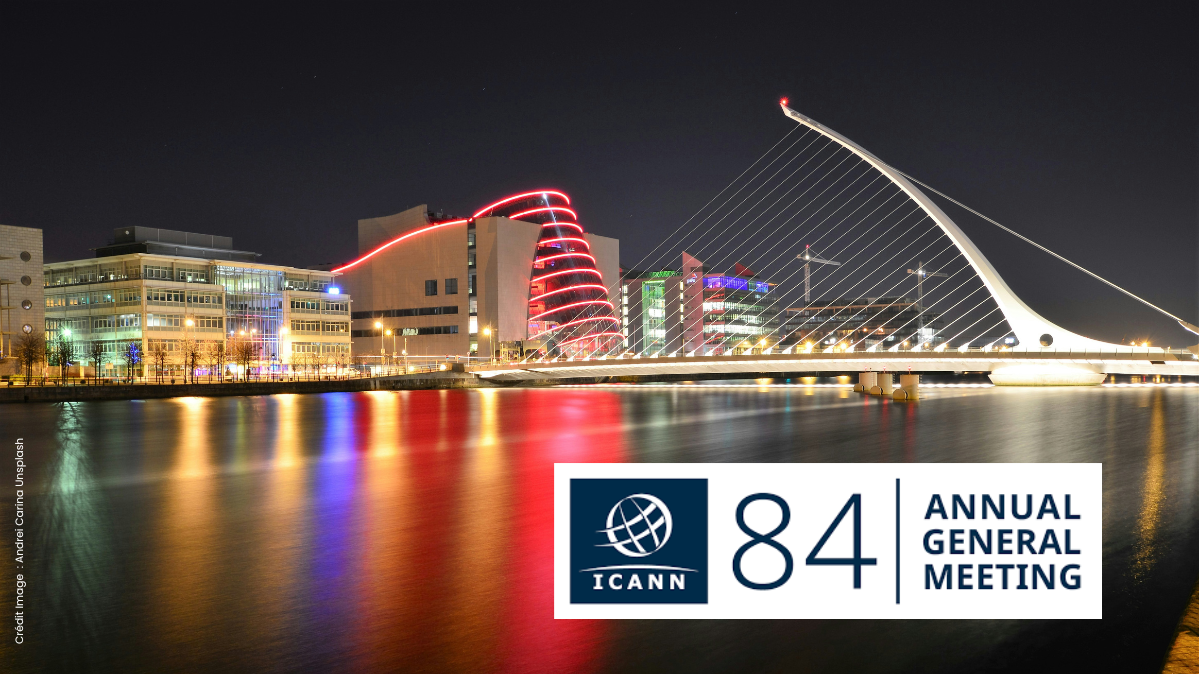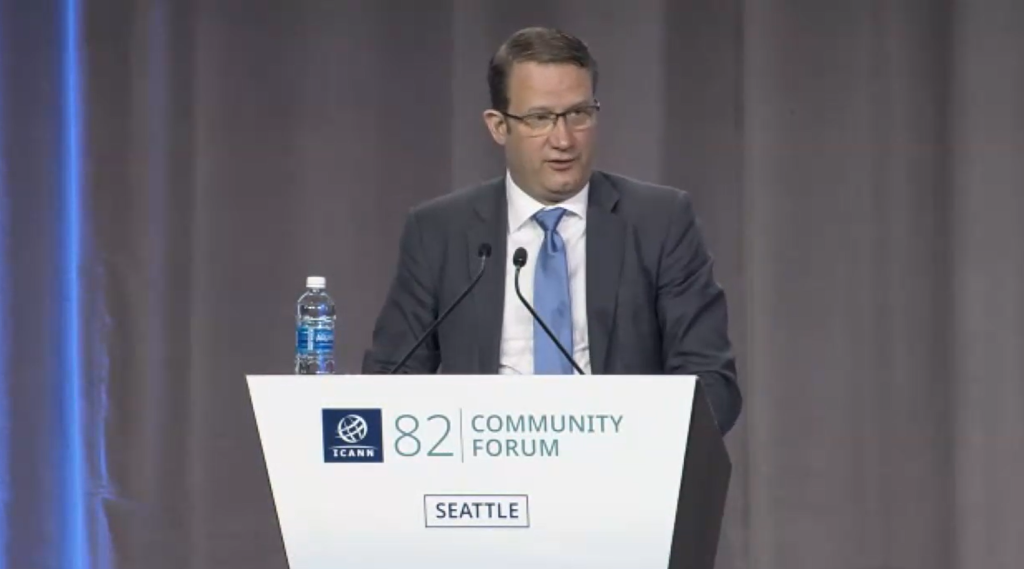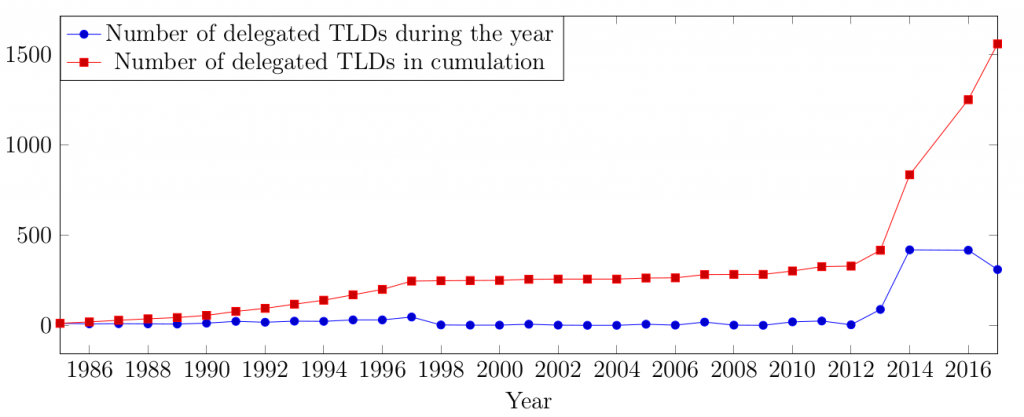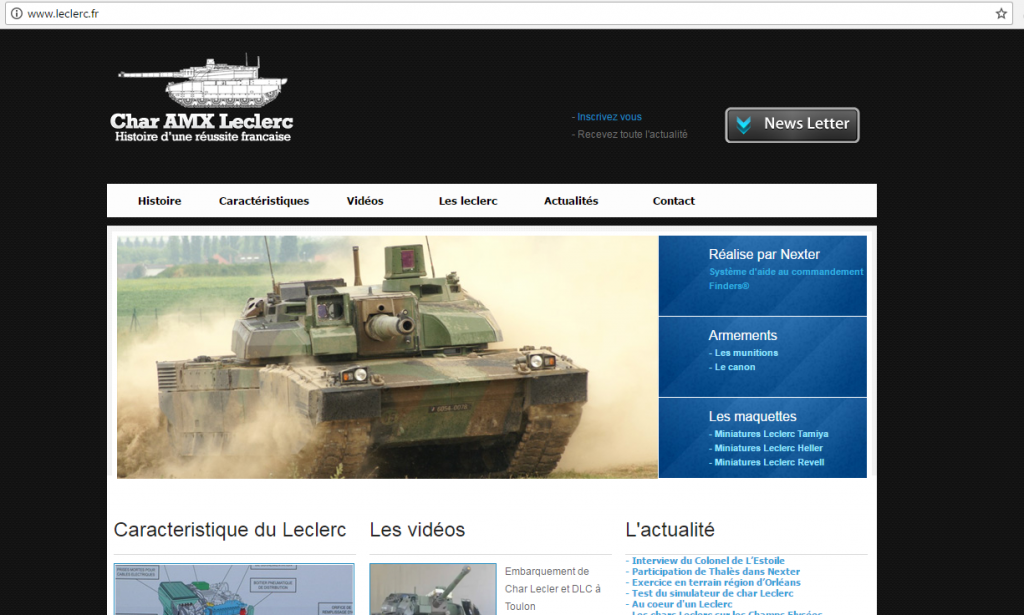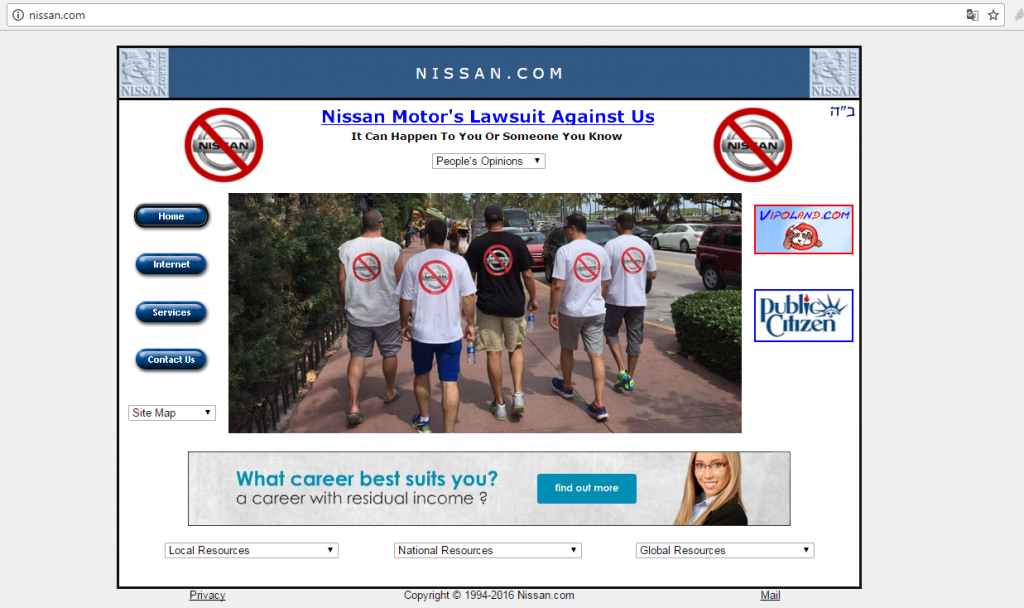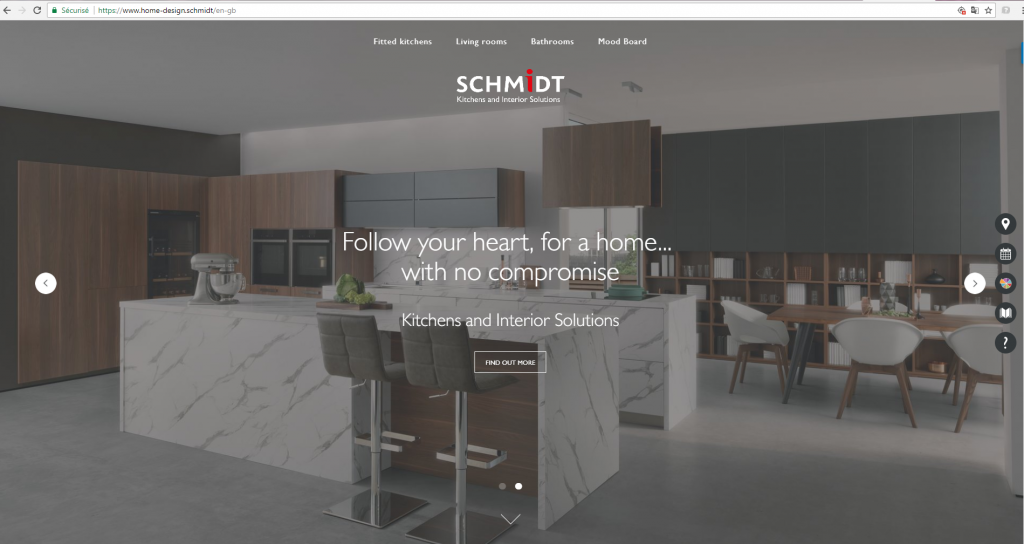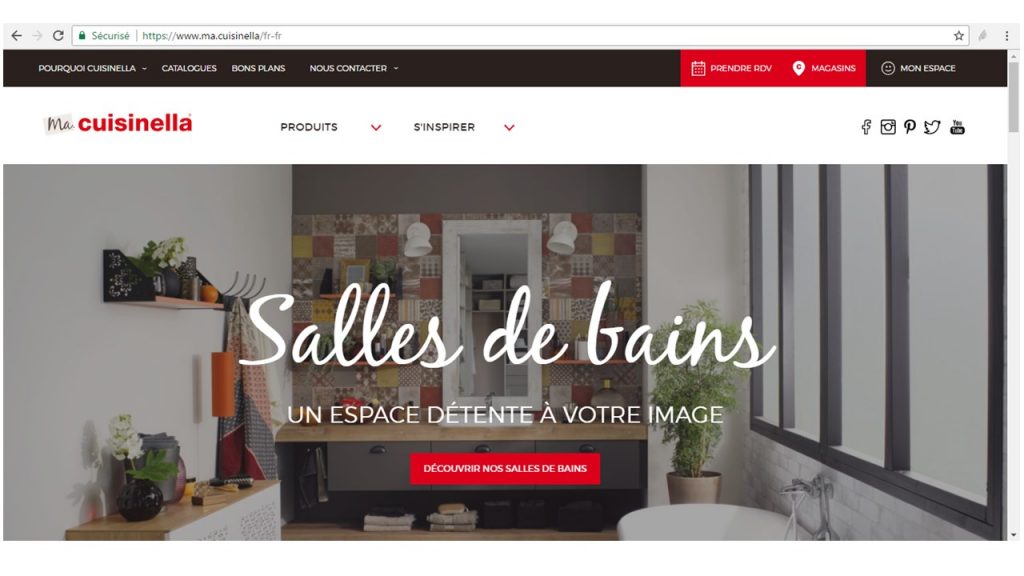Due to instability in the Middle East, Muscat, Oman will have to wait another year to host an ICANN Summit, the Internet’s governing body. For its Annual General Meeting, ICANN played it safe by taking up residence at the prestigious Dublin Convention Center for six days of discussions, meetings, and work on policy issues. This was the organization’s last annual summit six months before the launch of the next series of new generic extensions.
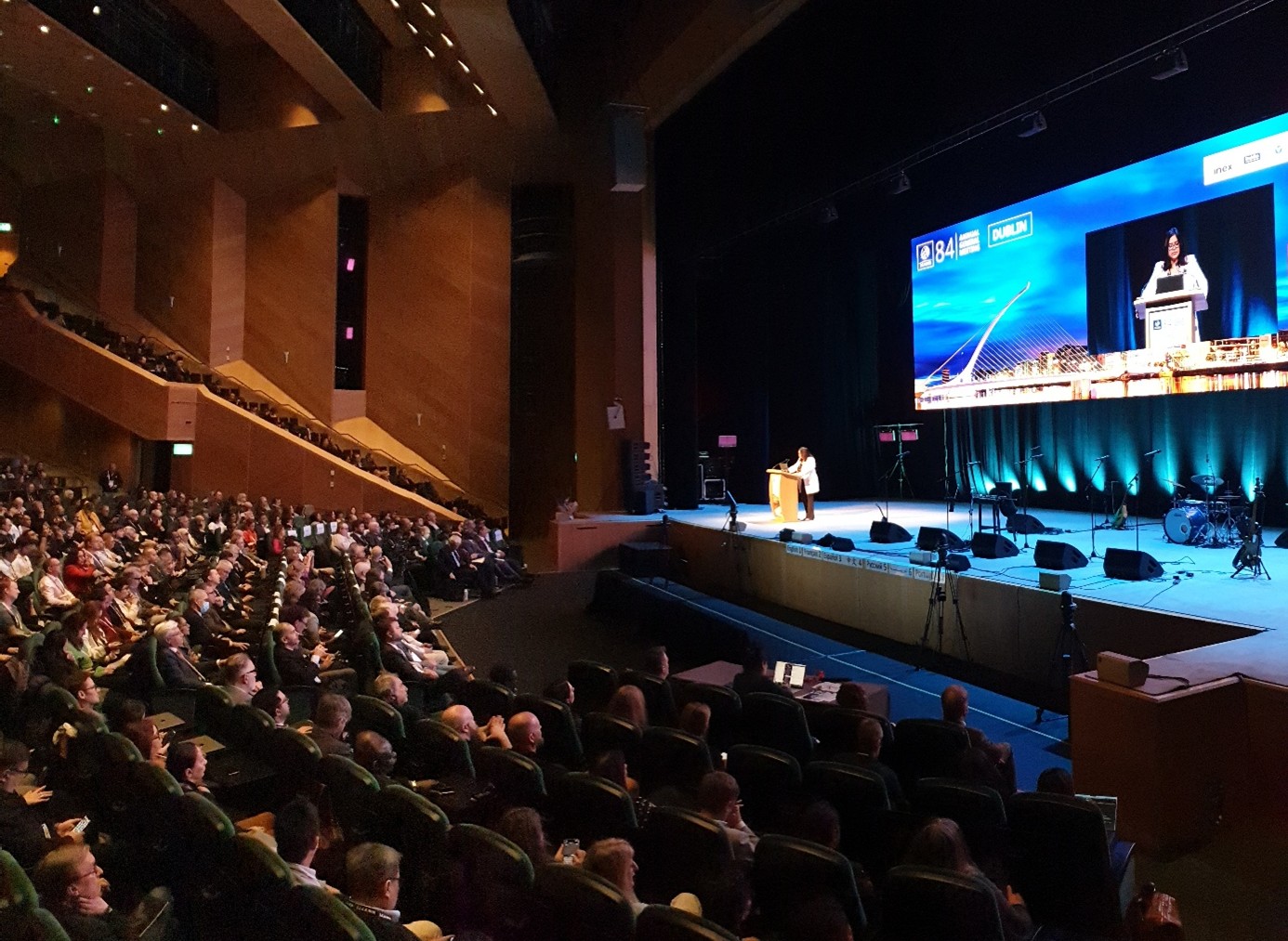
An opening ceremony in the form of a review and a “Meitheal”
During the opening ceremony, Tripti Sinha, Chair of the ICANN Board of Directors, drew an analogy between the Irish concept of “Meitheal,” which refers to a group of people who serve the community by doing work “that no one can do alone,” and ICANN, whose mode of operation is similar. The Annual General Meeting is indeed a kind of harvest or review of results for ICANN. Among them, she cited:
– the approval of ICANN’s new strategic plan for the period 2026-2030,
– the prudent management of the organization, which has created bugetary margins,
– the ICANN Grant program, based on the 2012 auction reserve fund, with 23 projects set to receive funding,
– the launch of a holistic review of the organization,
– ICANN’s contributions to WSIS+20, the 20-year review of the World Summit on the Information Society initiated by the United Nations,
– and progress on the next round of new generic extensions, with the application window opening in just six months and the applicant support program already underway.
For Kurtis Linqvist, who is attending his third summit as ICANN CEO, “the year has been marked by complex issues such as problems affecting regional registries,” we are obviously thinking of the Afrinic regional registry “and the complexity of the world”, and even “local problems” affecting ICANN’s offices, such as the forest fires in Los Angeles during the summer and the earthquake in Istanbul, springing to mind. In this context, he welcomed the progress made on the various topics covered by ICANN. He concluded by setting out his priorities for the coming year: “listening,” “focusing on implementation” and “improving” the “way we work internally to avoid friction and slowing down implementation.”
The difficult equation of reconciling expectations and rapid technological developments
The Geopolitical forum, which usually provides an overview of regulatory and legislative developments that may impact ICANN’s missions, focused this time on the WSIS+20. A decisive meeting will be held in mid-December in New York during the United Nations General Assembly to formalize a concluding text on the implementation of the WSIS outcomes. The session held during ICANN84 was an opportunity to advocate for an inclusive Internet and contents in users’ languages. With regard to AI the desires expressed for greater transparency on algorithms so that non-dominant languages are also taken into account, ensuring that these technologies are adapted for the widest possible audience, regardless of the language used and spoken. The widespread use of AI, particularly by the younger generation, and their appetite for centralized platforms and social networks were also raised during questions to the Board of Directors, as a reminder that the world and the uses of Internet are changing very quickly.
During the Public forum, ICANN’s role in universal acceptance was questioned, as it advocated a shift in focus toward expertise and implementation rather than awareness. The attention paid to diacritics, which are symbols that accompany a letter or grapheme to change its meaning or pronunciation, and ICANN’s lack of leadership in providing guidance on building bridges between Web 2 and Web 3 were also debatted. These multiple issues complicate the task of preventing the fragmentation of the Internet, but ICANN’s primary goal which was recalled by the Board is to “provide the best Internet space for Internet addressing.”
DNS abuse and urgent requests for access to registration data
To push for a more virtuous market, new Policy Development Processes aimed at consolidating measures already taken to combat DNS abuse have been outlined for the coming year.
On the law enforcement side, the issue of specific access to registration data continued to fuel numerous sessions. The entity representing governments, the GAC, is pushing for a delay, likely in calendar hours, to be added to domain name provider contracts.
Hot topic: the next round of new top-level domain extensions
It did not escape anyone’s notice that the hot topic at this year’s ICANN84 was the launch of a new application window for generic extensions, announced two years ago for April 2026. In fact, upon entering the Dublin Convention Center, two column trims displayed an announcement to this effect: “Ready to apply for a generic extension?” For those who had experienced the launch of the previous series in 2012, this communication seemed rather discreet.
In any case, the topic was present in a very large number of sessions. On the success side: the Applicant Support Program designed to help applicants who might not be able to apply due to financial or resource constraints. 115 applications have been received, of which 2 have been fully approved to date. The majority come from Asia, followed by North America. In 2012, while this program was new, more limited, and less widely publicized, only three applications were received by this program.
However, ICANN84 also showed that the program is experiencing delays, which were highlighted during the Public Forum. These delays include the registry services providers verification process and the provision of the registry contract for future registry operators, the final version of which may not be available until next March.

At the end of the week, however, participants welcomed the approval of the Application Guide Book during the public session held by a Board of Directors undergoing renewal. Although it is still subject to additions between now and the end of December, this essential document is now recognized as a reference. A final contribution from outgoing Board member Becky Burr reminded us that no fewer than 197 meetings were held by the implementation team to draft the nearly 400-page document, with no fewer than five phases of public comments. Also noteworthy were the departures of Maarten Botterman and Chris Chapman from the Board of Directors.
Our comment
ICANN has still not given an official date for the window for submitting applications for new generic extensions and therefore for .brand projects. It could be April 27, with a duration of 12 to 15 weeks, or perhaps longer if the issues mentioned in our article, such as the completion of the evaluation of technical operators or the publication of the final version of the registry contract, would occur too close to the opening date. In any case, ICANN has sought to reassure everyone that the April launch will go ahead. The final date for the next round should be made official in December.
As we can see, the deadline for this new opportunity is fast approaching. While it may not be obvious whether or not to take advantage of it, it is important for everyone to be aware of this new opportunity to create their own Internet extension and have a dedicated namespace, as it has not been possible since 2012. Getting started requires a well-defined project, identifying the right contacts in organizations, and anticipating the budgets to be invested. To succeed and make your project profitable, you need to choose the right partners to provide you with the support you need. Nameshield, a leading sovereign European provider, offers you expertise and tailored support throughout the entire life cycle of such a project. Let’s discuss this further together now.
